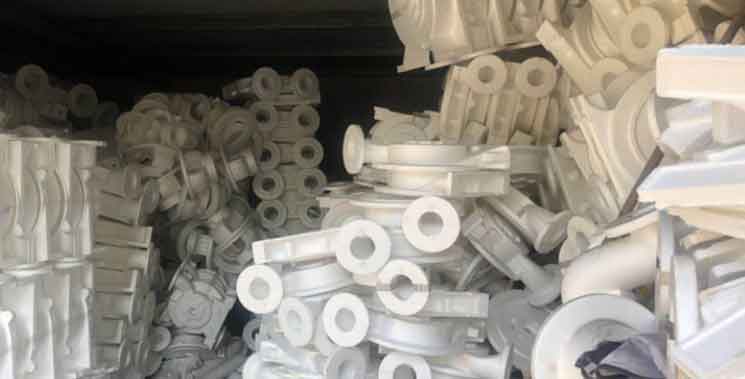
Lost foam casting offers several environmental benefits, making it a sustainable manufacturing solution. Here are some of the key environmental advantages of lost foam casting:
- Reduced Material Waste: Lost foam casting eliminates the need for pattern reclamation or disposal since the foam patterns used in the process are completely vaporized during casting. This significantly reduces material waste compared to other casting methods that require the removal or breakdown of patterns.
- Lower Energy Consumption: Lost foam casting generally requires less energy compared to traditional casting methods. The process involves fewer steps, such as pattern removal and assembly, which reduces energy-intensive operations. Additionally, the use of advanced preheating techniques can further minimize energy consumption during the casting process.
- Reduced Emissions and Pollution: Lost foam casting produces fewer emissions and pollutants compared to some other casting processes. The absence of binders or other chemical additives in the foam patterns results in lower emissions of volatile organic compounds (VOCs). Additionally, the reduced need for post-casting finishing operations helps minimize the release of dust, fumes, and waste generated by secondary machining or grinding.
- Minimal Water Consumption: Lost foam casting requires minimal water consumption compared to processes like sand casting, which involves the use of water-based binders and mold preparation. This makes lost foam casting more environmentally friendly, particularly in regions where water scarcity is a concern.
- Design Optimization for Material Efficiency: Lost foam casting allows for the design optimization of complex parts, reducing material usage while maintaining structural integrity. By precisely replicating the foam pattern in the casting, material waste is minimized, resulting in efficient use of resources.
- Recyclability and Reusability: The sand used in lost foam casting can be recycled and reused in subsequent casting cycles, reducing the demand for new sand. This promotes a circular economy approach and minimizes the environmental impact associated with sand mining and disposal.
- Lifecycle Analysis and Sustainability: Lost foam casting offers the opportunity for lifecycle analysis, enabling manufacturers to assess the environmental impact of the entire production process. This analysis helps identify areas for improvement, optimize resource usage, and implement sustainable practices.
By reducing material waste, minimizing energy consumption, lowering emissions, and promoting efficient resource utilization, lost foam casting contributes to sustainable manufacturing practices. Its environmentally friendly attributes make it an attractive choice for industries seeking to reduce their carbon footprint and adopt more sustainable production methods.
